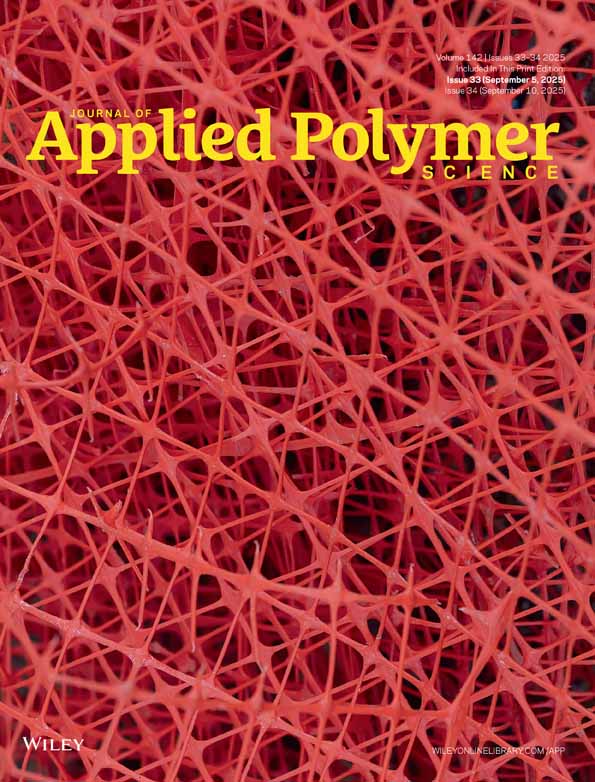Effect of fiber orientation on Mode I fracture toughness of CFRP
Abstract
The effect of fiber orientations on fracture toughness of carbon fiber reinforced plastics (CFRP) in Mode I loading was investigated using double cantilever beam (DCB) specimens, based on mesoscopic mechanics. Mesoscopic interlaminar fracture toughness of 0//0 interphase of CFRP was evaluated with mesoscopic finite element models using experimental data. The fracture surface roughness was observed by confocal laser scanning microscopy. Then the mesoscopic interlaminar fracture toughness of CFRP was correlated with the fracture surface roughness. Additionally, the change of the Mode I macroscopic fracture toughness of CFRP was experimentally measured with changing the numbers of 0 and ±θ layers of DCB specimens. The correlation between the fracture toughness of 0//0 and θ//−θ interphases was discussed and a novel procedure was proposed to predict the macroscopic fracture toughness of θ//−θ interphase using finite element method (FEM). The fracture toughness of θ//−θ interphase analyzed by FEM was finally compared with the experimental results to verify the proposed prediction procedure. © 2009 Wiley Periodicals, Inc. J Appl Polym Sci, 2010




